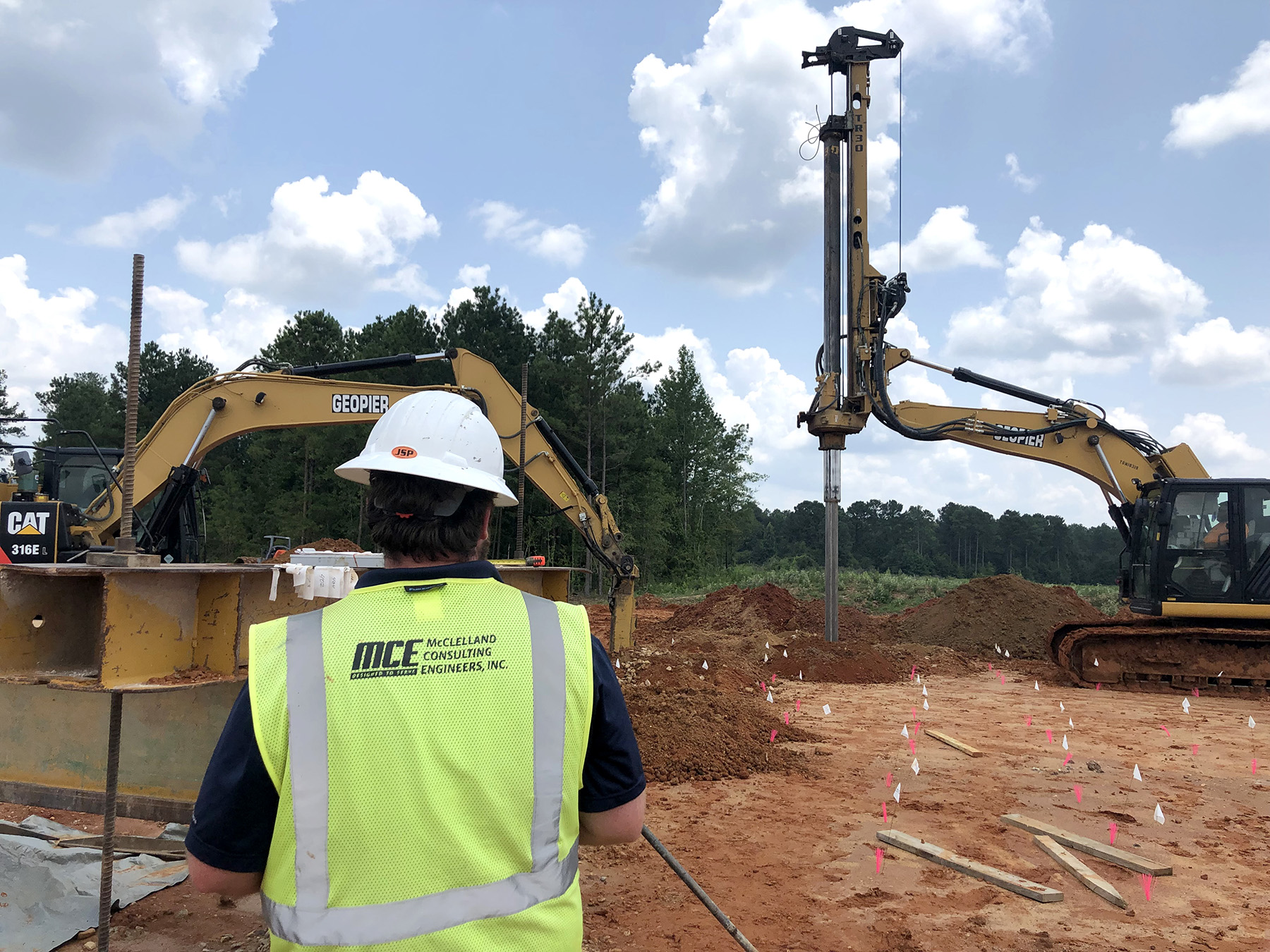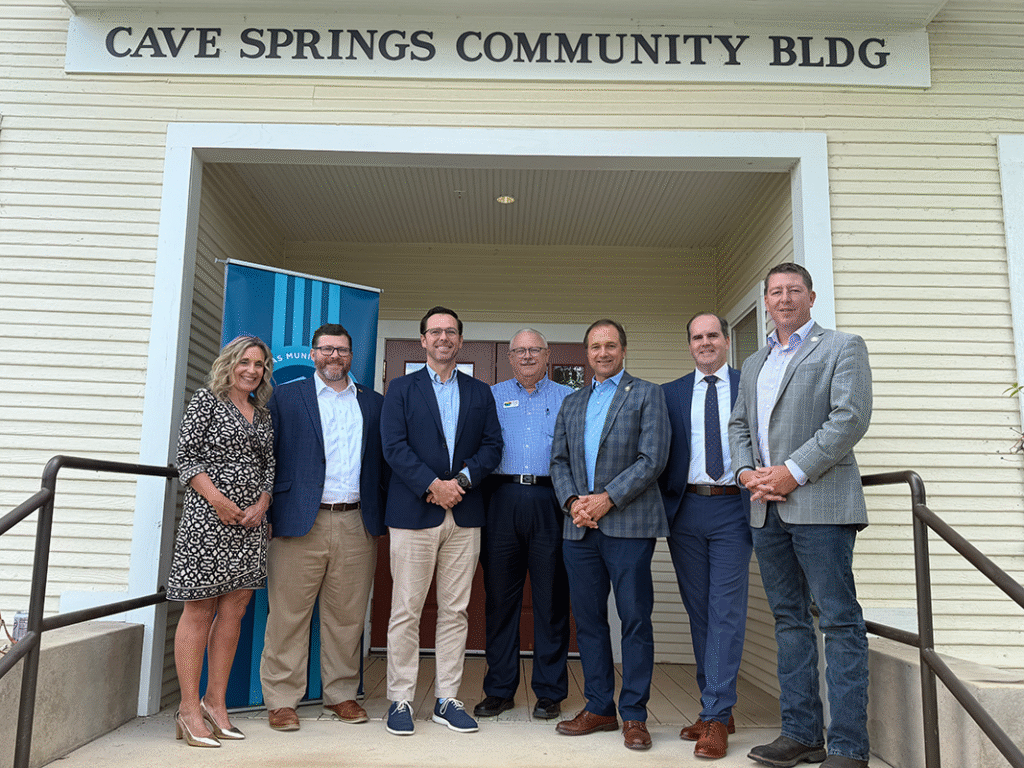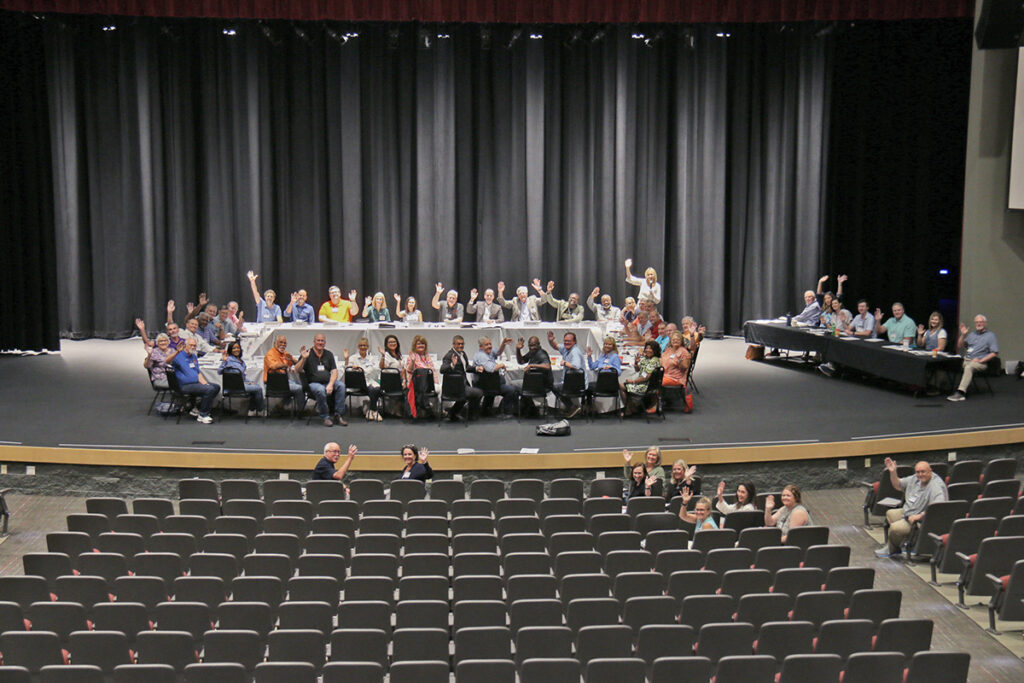Every engineering or architectural contract includes several different project phases, and each phase serves its own function. From determining the scope of a project during the pre-design phase, to schematic and design development, to the preparation of construction documents, bidding and negotiation, each project has many complex phases that can shape the final outcome. One phase that is often overlooked is construction observation.
During the design phase, the engineer or architect produces a set of design documents to illustrate how a contractor will construct the project. Existing conditions are examined, soil investigations are completed and details are finalized. The challenge comes when construction starts and unknown conditions are revealed. Materials may no longer be available, or supply chain issues could affect the project schedule. Revisions may be required. The best way to reduce problems during and after construction is through construction observation.
Construction observation may seem self-explanatory, but it is more intricate than it sounds. The technical definition is the observation of construction work by the engineering or architecture firm to assist the owner in determining if the contractor’s work conforms to the general construction contract and that the project is constructed per the plans and specifications. The construction observer employed by the design firm is sometimes referred to as the resident project representative (RPR). This person serves as the link between the project owner, designer and the contractor.
Communication is key during the construction process. RPRs provide daily reports to document the project conditions and the progress of the work. They review and approve shop drawings and material test results to determine the acceptability of those materials and the equipment proposed by the contractor. RPRs also maintain a photographic log of the contractor’s on-site construction operations, site conditions and any problematic conditions that may arise. A detailed record of material quantities and type of work is kept each day to verify the contractor’s monthly pay application. The RPR keeps a log of the weather conditions on site that can be used to keep track of weather delays or lack of progress. For larger projects the use of construction productivity software is used to keep track of the massive amount of data.
Some funding agencies may have specific requirements for construction observation and inspection that the project owners must follow. For example, the Federal Aviation Administration requires owners to complete a weekly Construction Progress and Inspection Report, FAA Form 5370-1, which an RPR can fill out for the owner.
Another agency that most private consultant engineering or architecture firms provide construction observation for is the Arkansas Department of Transportation. Guidelines are set forth by ARDOT that many local municipalities must abide by in order to fulfill the funding requirements tied to various projects. The RPR will document the daily activities of the contractor for the duration of the project to ensure those guidelines are met.
An experienced construction observer will spot errors or mistakes during construction before they are covered up or even before they occur. This is crucial in preventing problems that may not be discovered until the project is complete, or sometimes even years down the road. It is important to note that the RPR does not determine the means and methods that the contractor can use to complete the work. The construction observer evaluates the work performed to ensure that it meets the standards the designer intended for the project. RPRs understand the intricacies of construction that can sometimes “make or break” a timeline or budget. They are your biggest ally on a construction project, keeping your best interest in mind.
Not all projects require daily construction observation. Some smaller projects may only require a weekly or monthly visit. It is important to consult with your design professional on the recommended level of observation that your project may require. For projects large and small, the construction observation phase is one of the most important steps you can take to ensure your project is successfully completed.
Matthew Vinyard, PE, is a project manager and principal working in the Aviation Department in our Little Rock office. Contact Matthew by phone at 501-371-0272 or email him at [email protected].










